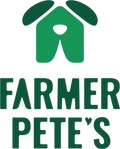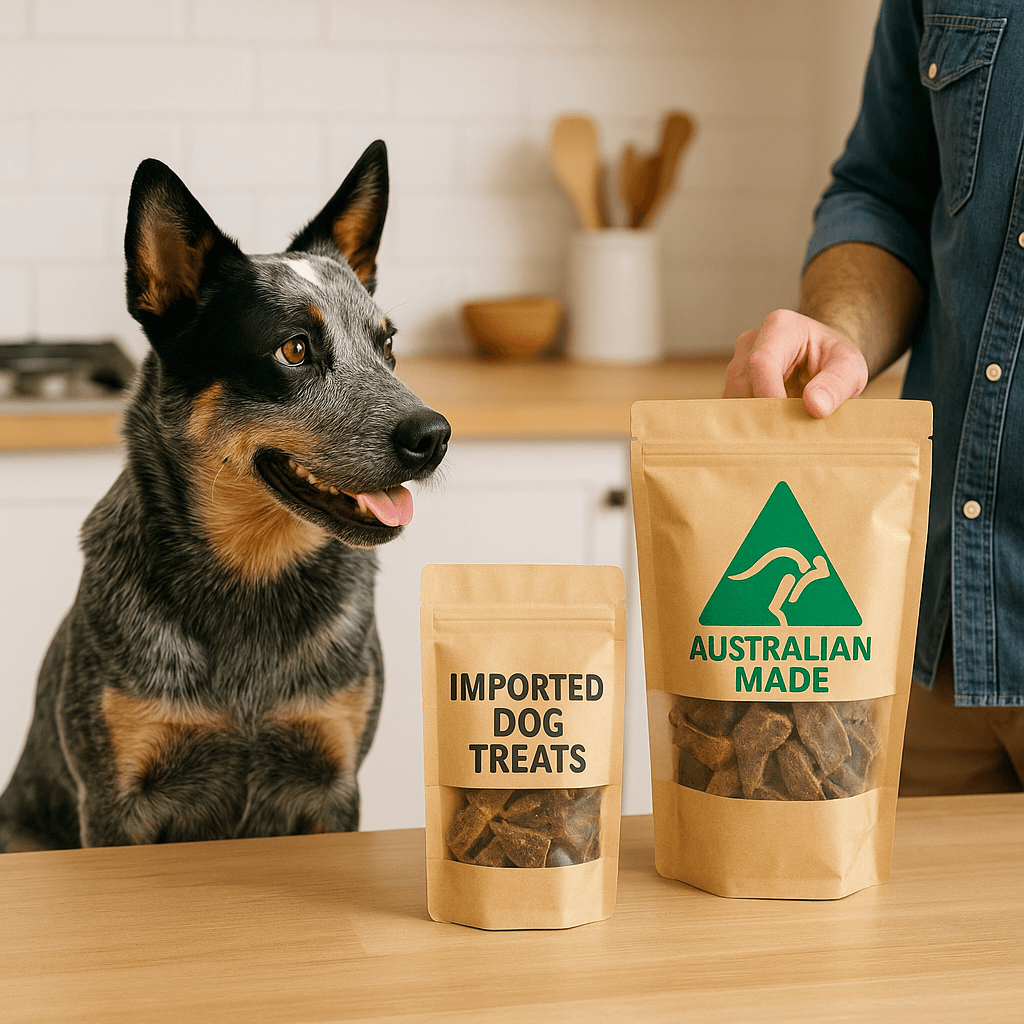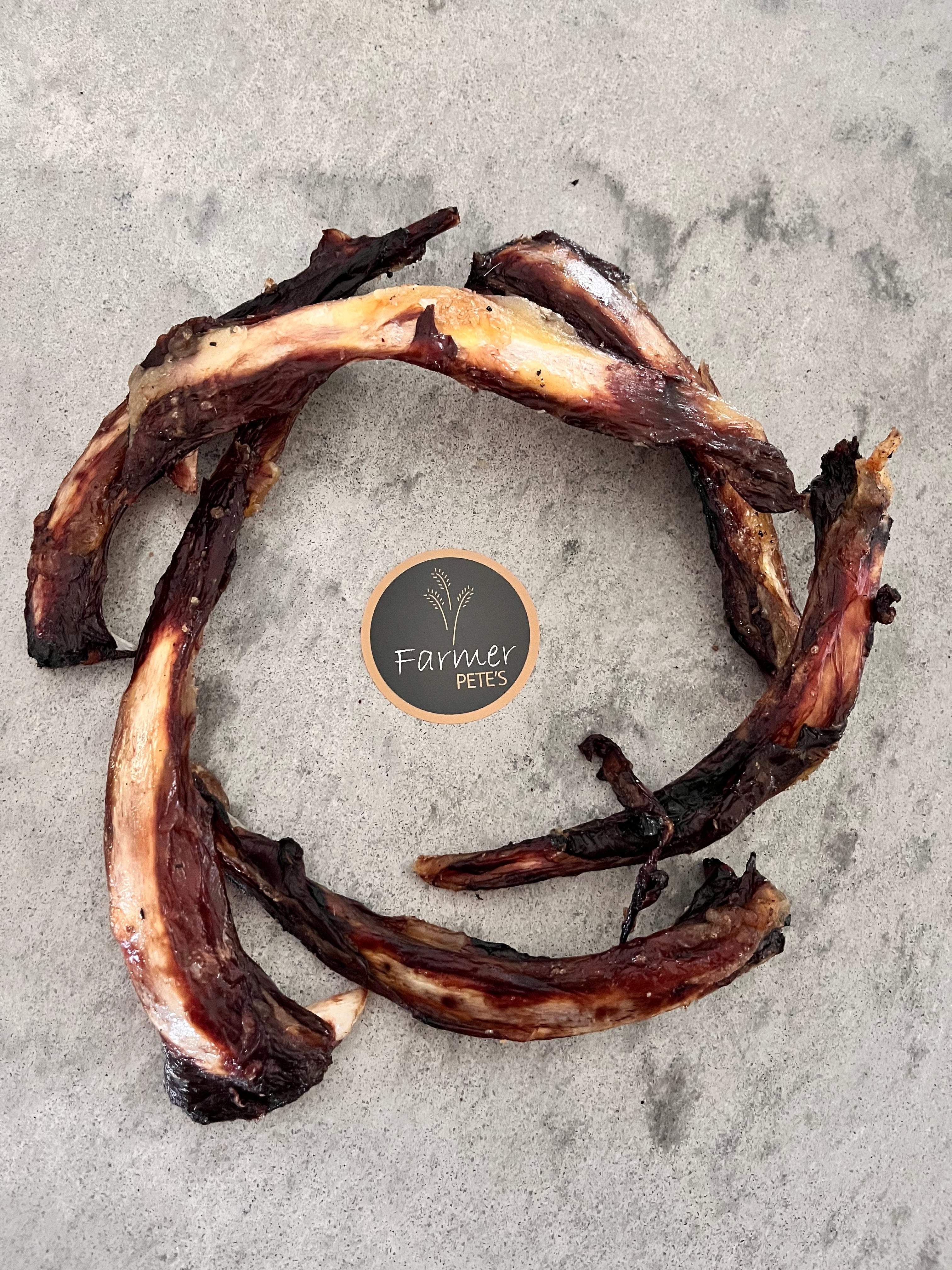Bringing a baby into your home with or without dogs is going to be life changing and turn your world upside down, anyone with children will agree, but if your dog/s are not ready for this then they may react in a way that will make this an even more challenging time.
Sometimes dogs can increase these challenging times and make life with a new baby a living nightmare. Barking, destructive behaviour, attention seeking, aggressive behaviour towards the baby or guests and pretty much anything you can think of can happen.
If these behaviours all of a sudden started coming from your dog, that would be quite a challenge to accept, deal with and react to, but if you’re making one of life’s biggest adjustments (bringing a human baby home), you just may be out of your depth.
Important Note: Keep in mind that if your dog or dogs have current behaviour issues, then the chances that they will get worse when a baby come home are very high.

A Dog Behaviours With A Baby
Your new baby will see your sleep, free time, patience, and rational thinking disappear, or at least, affected. However, now you will be trying to reason with a dog that is getting less attention, exercise, play, attention and perhaps sleep, and this is going to cause quite a disruption to your ideal vision of bringing baby home.
Here is a list of behaviours that you might live with now that can become unliveable with a new baby.
- Dogs that follow you around the home
- Dogs that sleep on your bed
- Dogs that eat with you, or have food available around the home
- Dogs that lounge on furniture
- Dogs that play rough with toys in your home, or guard these toys
- Dogs that are aggressive or bark a lot when visitors arrive
- Dogs that loudly play each other
- Dogs that pull on leash to a level when you need two hands to walk them
- And of course, dogs that do not like, are frightened of or aggressive to children
Is your dog or dogs on the above list?
If so, the risk of them becoming a huge issue is very likely. Act now before baby comes home.
The Action You Can Take When Introducing A Dog And New Baby

Crate Training Your Dogs With A Newborn
Crate training to give your dogs a place of their own, a place they can relax and escape the daily (and nightly) goings on when baby is learning to settle, and later to escape the taunts of a toddler. Dogs will learn that it is their safe place.
Crate training your dog’s now means they will be settled in their crates and you will get the opportunity to make sure they know that when visitors arrive, they will be crated and not have the opportunity to race to the door barking, later waking the baby you just took a long time to settle.
Crates are also a great way to manage your dog when there are many changes, such as people coming to the home to visit.
They won’t be disturbed (as much) when baby screams half the night and will learn perhaps not to be as needy and require your undivided attention.
Teaching Boundaries With A Dog And Baby
When a baby cries and sounds distressed, this can trigger many undesirable behaviours in a family dog, anything from seeing the baby as injured prey to finding the crying distressing and trying to help by scratching at or physically interacting with the baby.
Long before baby is born it is very wise to set the nursery as a no-go zone. One way to do this is with a baby gate but, this will not last. You will soon get sick of this when you’re attending your baby 500 times a night. Place a low tape or fabric across the nursery door, something you can step over easily. You do will soon learn to wait patiently at the door (reward with treats when done quietly)
Teach your dog that his or her toys are either in a basket or box when inside the home. This way the dog and the baby won’t be fighting over toys.
Teach your dog that he or she cannot eat food that is in the pram seat. Dogs foraging for food in prams when baby is in there can cause scratch and nip injuries.

Letting Your Dog Know When Space Is Needed
We teach dogs to give us space when we give a verbal cue, in our home it is the cue “shift your bum”. If my dogs are at a door I want to open or too close to my feet when I want to walk, if I give the cue “shift your bum” and they vacate the area.
This is very helpful for dogs that could trip you when you’re carrying baby, when you are trying to open the door etc. and it helps the dogs determine when they should approach you and when they should not (baby in arms feeding perhaps). Dogs approaching you for attention when you have baby in your arms is not ideal.
Noise From A Crying Baby
Putting the sound of a baby crying, door knocking, phone ringing etc on a constant audio loop starting on a low volume will help your dogs desensitised to these sounds. Dogs may initially react to this but will of settle eventually, just in time for baby to come home.
When dogs have more serious issues, or you just don’t know what to do
It is highly important to seek the help of a capable behaviourist, even if nothing happens you may be stressed or worried or try and remain hyper-vigilant that it doesn’t and this can have a very negative impact in your few first weeks or months of baby coming home, and you may find this time hard enough!

Introducing A Baby To Your Dog
There are many theories on how to introduce the baby to dogs, and no matter which you choose there would be some risk, depending on the dog you have, how you do it and your dog’s previous/current behaviours.
The first interaction should be under your control with the baby being held in a parent's arms and the dog allowed to sniff the child. The dog will appear interested for a few seconds and will then lose interest. When they back away you should praise them and give them a treat.
Leash your dog during early encounters; you can gradually allow him to sniff off-leash while supervised.
Dogs read your body language, your pheromones – and, the animal communicators would say, your thoughts. If you are anxious and worried about your dog’s reaction to the baby, you are in a sense encouraging him to be. Find that sweet spot between vigilant and totally freaking out. Practice feeling it. Practice breathing normally and not holding your breath when the two are in the room together – that’s the first sign to your dog that there is something to be worried about.
Don’t run film loops in your head about the worst-case scenarios. Do try to envision a calm, serene encounter. This sounds simple, and in theory, it is, but in practice, it can be the most daunting hurdle you face, especially if you have a dog who’s having difficulty with the new-baby transition.
Try to give your dog lots of attention when the baby is present. Teach your dog that when baby is around, she gets treats, petting, playing—and anything else she likes. When you feed the baby, you can feed your dog, too. When you walk your dog, do your best to take the baby along.
Take Baby Steps When Introducing A New Dog
The most important thing to remember with anything involving dogs, or kids – or dogs and kids together – is that you can’t expect a finished product right out of the gate. Plan out your encounters between dog and child – no matter what the age – and start simple: Create tiny successes and build from there.
There have been some horrific events that have occurred with dogs and children, most people will cringe at the thought, but having dogs in your children’s lives can have huge benefits psychologically, emotionally, and physically if done well.

Recap On Introducing A Baby And Your Dog
Don’t fear outcomes, make them.
If you are going to be bringing a baby home, it is always worth assessing your dog’s possible reactions. Being proactive is far better than reactive. Put measures in place to ensure that it is one less challenge you need to face when baby comes home.
If you have a dog and there are behaviours that concern you and you are worried about your children’s safety, acting sooner often replaces regret later.



